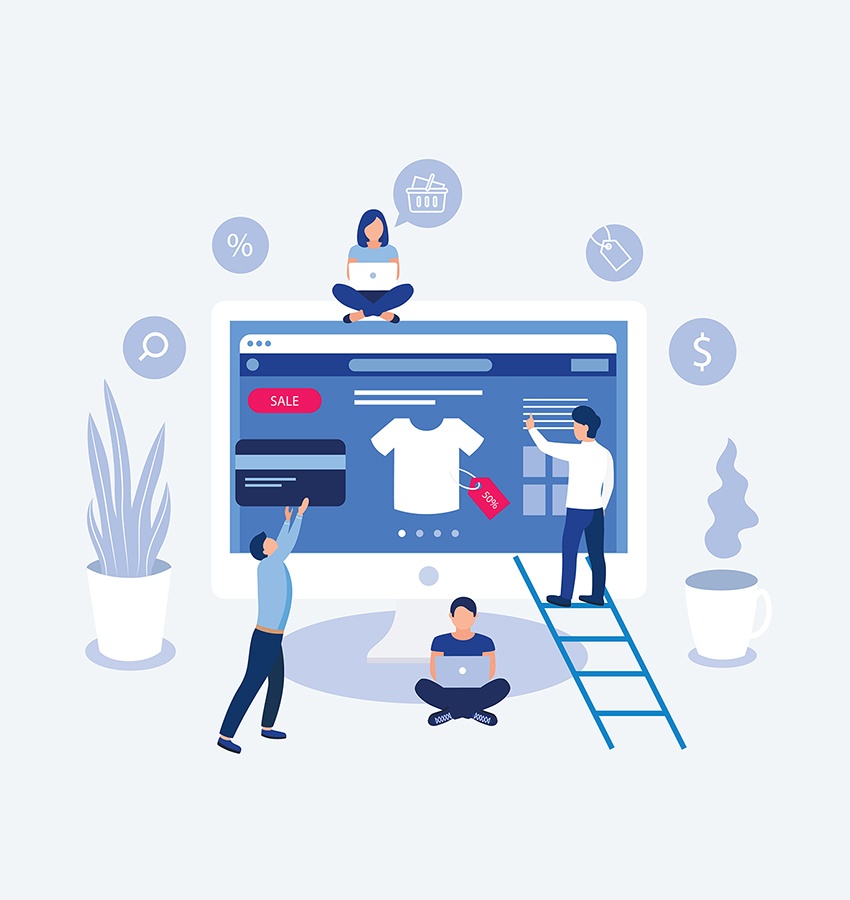
Introduction
The world of eCommerce is dynamic. What started as a quirky (to conventional retailers) business model has become a global phenomenon with $4.8 Trillion in global sales. A double-digit growth rate, and almost 20% share of overall retail in just about 25 years of existence. Conventional retail and eCommerce have increasingly observed. Adopted the best aspects of business models and eCommerce Stores Launching their own Branded Products. Conventional retail giants like Walmart and Target have developed sophisticated online stores. While Amazon and other eCommerce platforms have launched physical stores and store brands.
Why Private Labels?
The simple answer is- because they are incredibly profitable for retailers. In the US, by the mid-1950s, neighborhood retailers had slowly given way to big-box retailers with massive footprints across the country. As they gained millions of new customers and acquired brand recognition. These large retail chains recognized their stores didn’t have to be just “outlet space for hire” for brands. They had become brands in their own right and could now use their existing retail space to launch their own product brands.
Private labels work because their parent retailers already have the customer connections and user retention policies in place. Additionally, by controlling part or all of the products’ design, manufacturing, and supply chain, and without a higher base cost (i.e., third party brands’ profit margins). They can afford to sell their private label products at lower prices while still getting higher profit margins. It is a winning proposition for the retailer as well as the customer. So much so that major brick-and-mortar retailers like the now-bankrupt JCPenney relied on private labels for as much as 70% of their Clothing category revenue.
Private Labels in eCommerce Retail
eCommerce isn’t just about eliminating the space limitations of a physical store. As Amazon has demonstrated, a successful eCommerce platform can be a marketplace, store, technology partner, consumer brand, and a tech-driven marketing agency; all rolled in one. Additionally, their core technology competence gives eCommerce companies a natural advantage to envisage and implement emerging technologies like AI and Big Data to achieve deep insights into customer behavior, and translate that understanding into private label management with a high customer retention success rate.
Selling D2C (direct-to-customer) had already been a growing trend, like consumer brands and even traditional Physical-first retail chains like Walmart and Home Depot developed sophisticated online retail models. The 2020 Pandemic turned a growing trickle into a tide as global supply chains were disrupted. The forcing shoppers to look for alternatives and retail chains to rethink their procurement strategies. As of 2021, Private Labels through the eCommerce route are clearly a major area of focus for eCommerce-capable brands.
Private label models
Of all major eCommerce companies, Amazon reigns supreme. From the beginning, Amazon used its ground-breaking business model to plan for the future. With a number of private labels largely developed from scratch by Amazon. In direct contrast, Amazon’s biggest rival, and the largest non-eCommerce retailer in the world. Walmart, has a very different approach- either end-to-end supply chain control or outright purchase of other brands to make them private labels. Amazon’s private label strategy is four-pronged:
1.Bundling:
Amazon often uses established channels to launch new offerings and get great user “stickiness”, e.g., The “Prime” feature, which began as a premium delivery service was also used to market Amazon’s OTT platform through a bundled offer.

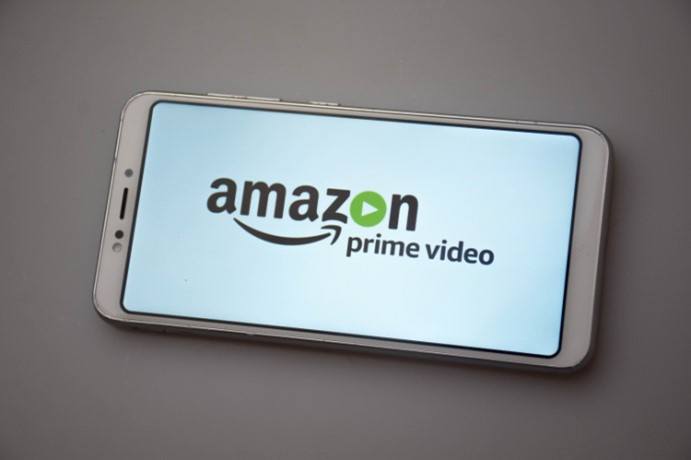
Figure 2: Amazon Prime (left) and Prime Video (right). The 1-2 punch of using the same brand name to acquire customers in entirely different categories paid off handsomely for Amazon
2. Red-Ocean Products:
“Red Ocean” products or commonplace products in high-competition categories like groceries and everyday consumables have been a mainstay of Amazon’s private label strategy. Some labels, like Amazon Basics, target customers that buy transactionally on features and price. Other labels like Spotted Zebra created a more exclusive experience for the brand-conscious buyer.
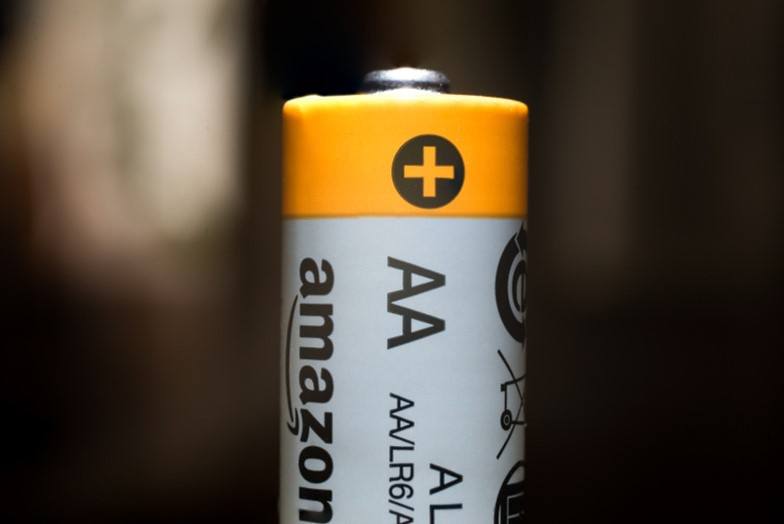
Figure 3: Amazon Basics branded AA battery. Amazon launched Amazon Basics in 2010. Today the brand enjoys 83% customer retention
3. Blue Ocean products:
“Blue Ocean” products, or “first-of-a-kind” products like Kindle e-readers and Echo smart speakers that create entirely new markets is what Amazon is best known for, and allows Amazon to leverage its tech-centricity to create new revenue lines with private labels.
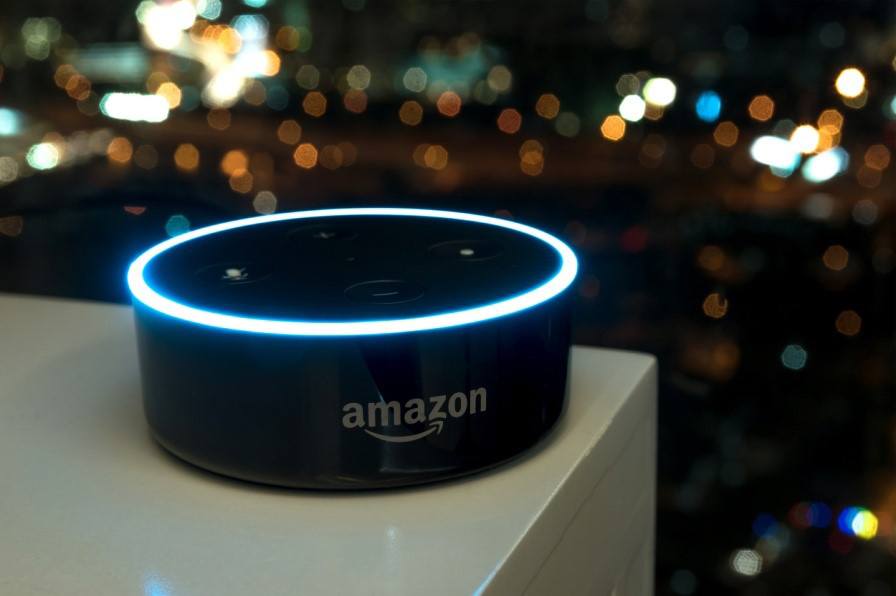
Figure 4: Amazon’s smart devices like this Echo Dot voice recognition streaming device or “smart speaker” created new markets.
4. Physical-first products:
As successful as online shopping is, it doesn’t overcome the minimum time barrier to fulfill an impulsive need- a sudden desire to grab a coffee, for instance, or a last-minute buy at the airport while waiting to board a flight. Amazon’s attempt to address these shoppers comprises both outright purchases of well-established brands (e.g., Whole Foods), as well as new concepts like its “Go” stores. It allows Amazon to mimic the successful private label approach of established physical retail companies like Walmart and Target.
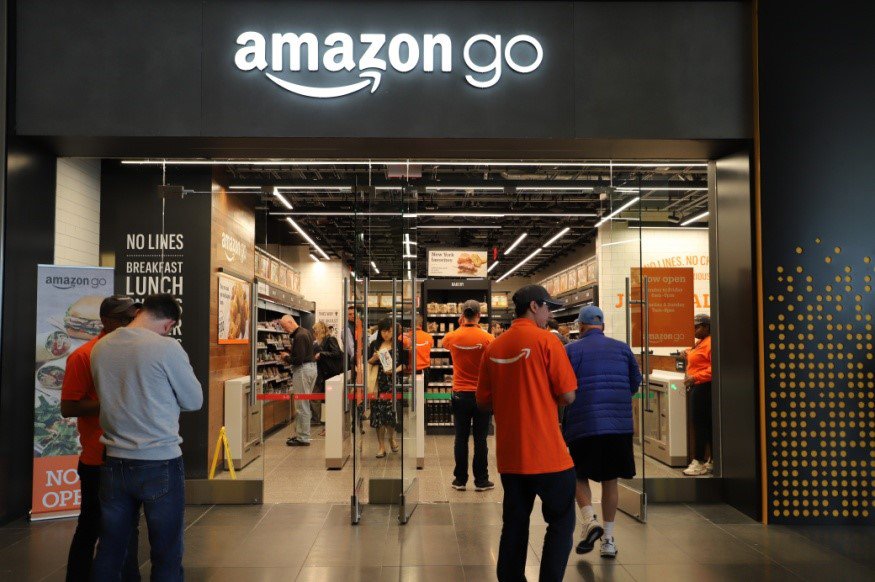
Figure 5: Private labels of an eCommerce giant, brought to life in a physical store.
In contrast to Amazon, Walmart centered its private label strategy. Including online-only labels on its 11,000 stores in 28 countries and over $32 Billion in held inventory. Walmart’s private labels vary in size and appeal, from its “Great Value” brand of groceries. Which earns annual revenue of over $27 Billion, to small niche labels like “Free Assembly”, worth less than a thousandth of Great Value.
In all, Walmart operates around 50 private labels, classified into three broad categories:
- Bargain-driven everyday needs (food, pharma, household, etc.);
- Value-driven brands; and
- Eco-friendly premium goods
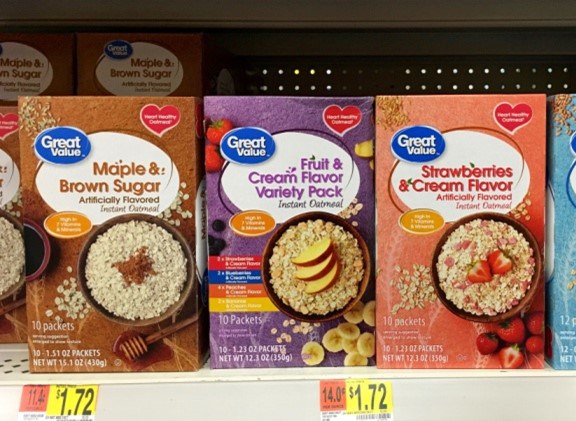

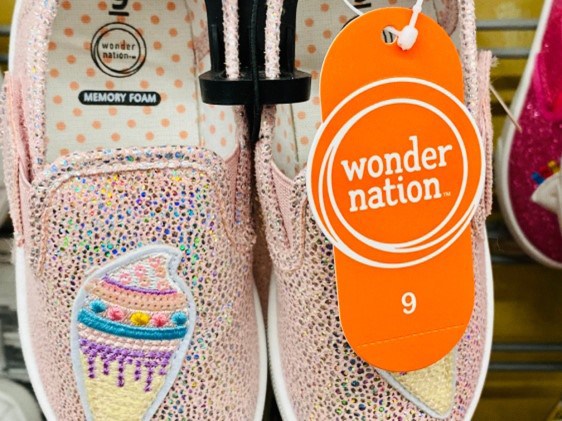
Figure 6: The three-pronged Private Label Walmart Strategy- Value Selling, Competitively Priced Premium Lines, and unique branded offerings.
Private Labels and the future of Retail
Private labels are bound to increase in number going forward. We’ve often pointed out that the 4Ps of product marketing have already transformed into the 4E’s, with “product” replaced with “experience” and “price” replaced with “exchange”. Modern shoppers like the balance of the product experience and the reduced pricing, which they consider a good exchange. This is perhaps a sign of the modern smart(er) shopper, who can read articles, blogs, and reviews about possible preferred features, tips on good prices, and so on before shopping. Consequently modern shoppers look for functional features and aren’t satisfied with just brand labels.
This doesn’t mean the death of advertising. Au contraire, we feel online marketing will be driven by visual searching, focusing on more feature-highlighting photos, augmented reality-driven content, and less on glitzy brand highlighting.
This is likely to trickle down to new photo post-processing techniques, with a greater focus on realism, layer masking to mute the background, and new artist sensibilities about how many actual “in-use” photos should be a part of the product’s online advertising portfolio.
Such sensibilities need time to develop and are best left to experienced post-processing artists in expert firms, like Manipal Digital Systems, which can help brands and retailers achieve the new feature-driven looks with far less retraining than competing vendors, precisely because they’ve spent over 20 years post-processing commercial product photos- over 15 million of them. Reach out to Manipal Digital Systems for a free consultation today!
Private labels aren’t the domain of just eCommerce marketplaces and Retailers-going-online. Brands have seen this as an opportunity and have got in on the action as well. The world’s best-known luxury brand, LVMH In some cases, brands partner with retailers to sell some of their own products under other brand names on the retailers’ websites. This allows brands to maximize their revenues as well as their supply chain efficiency high by keeping up the production demand.
